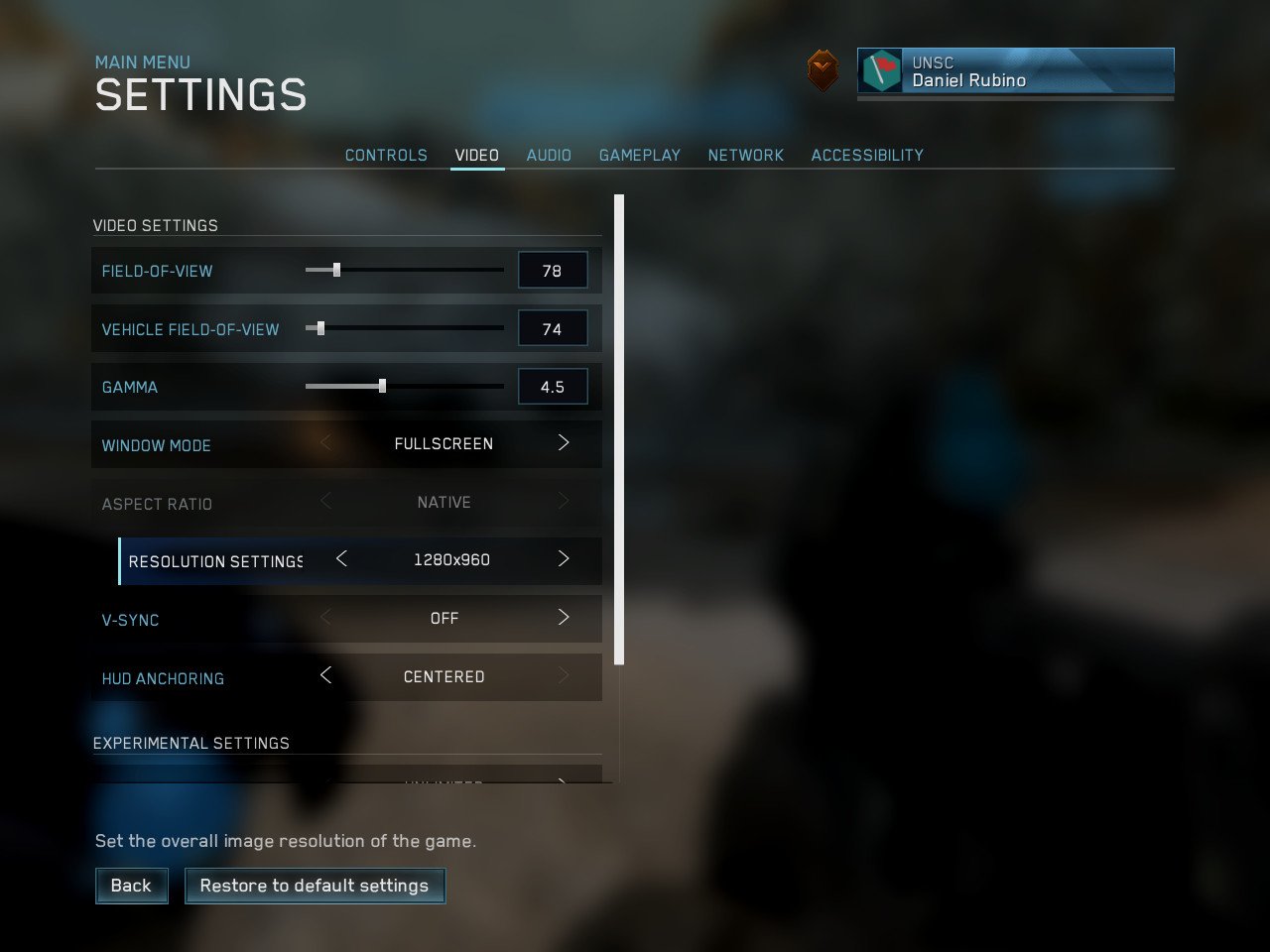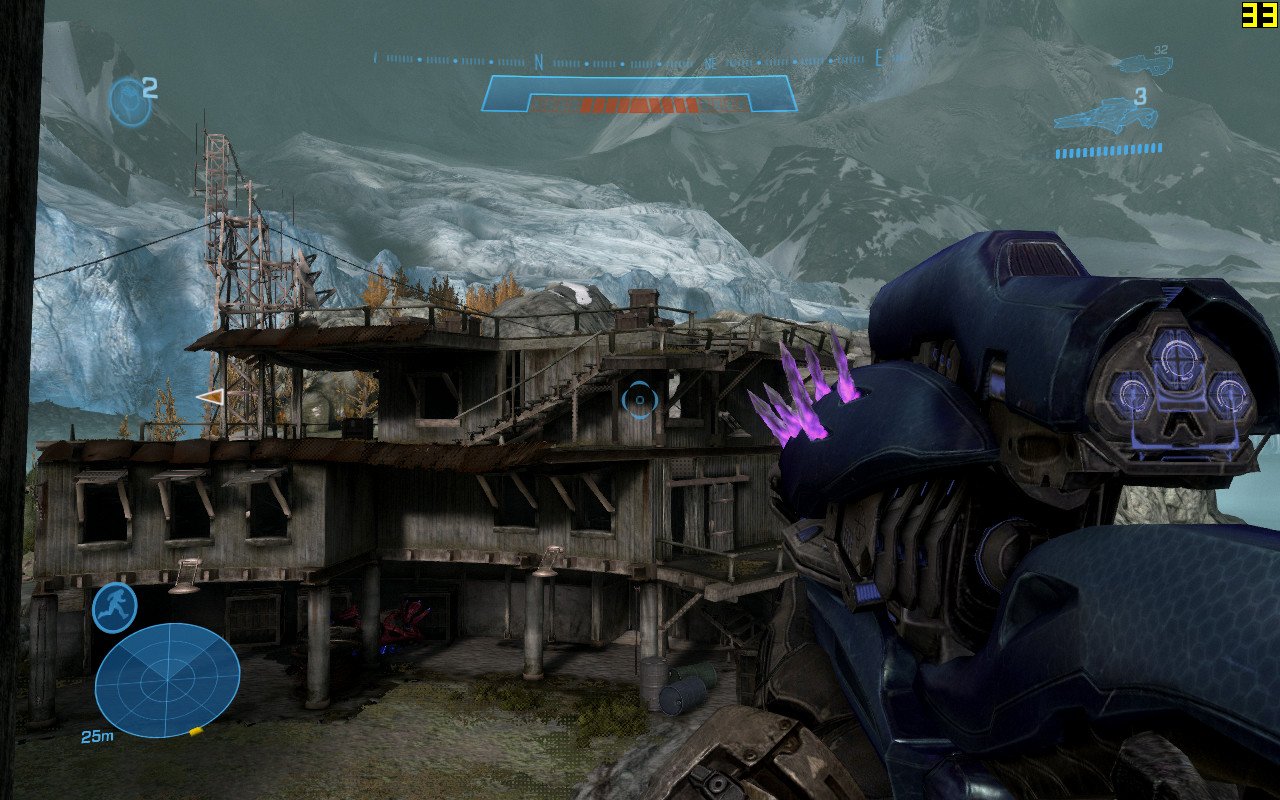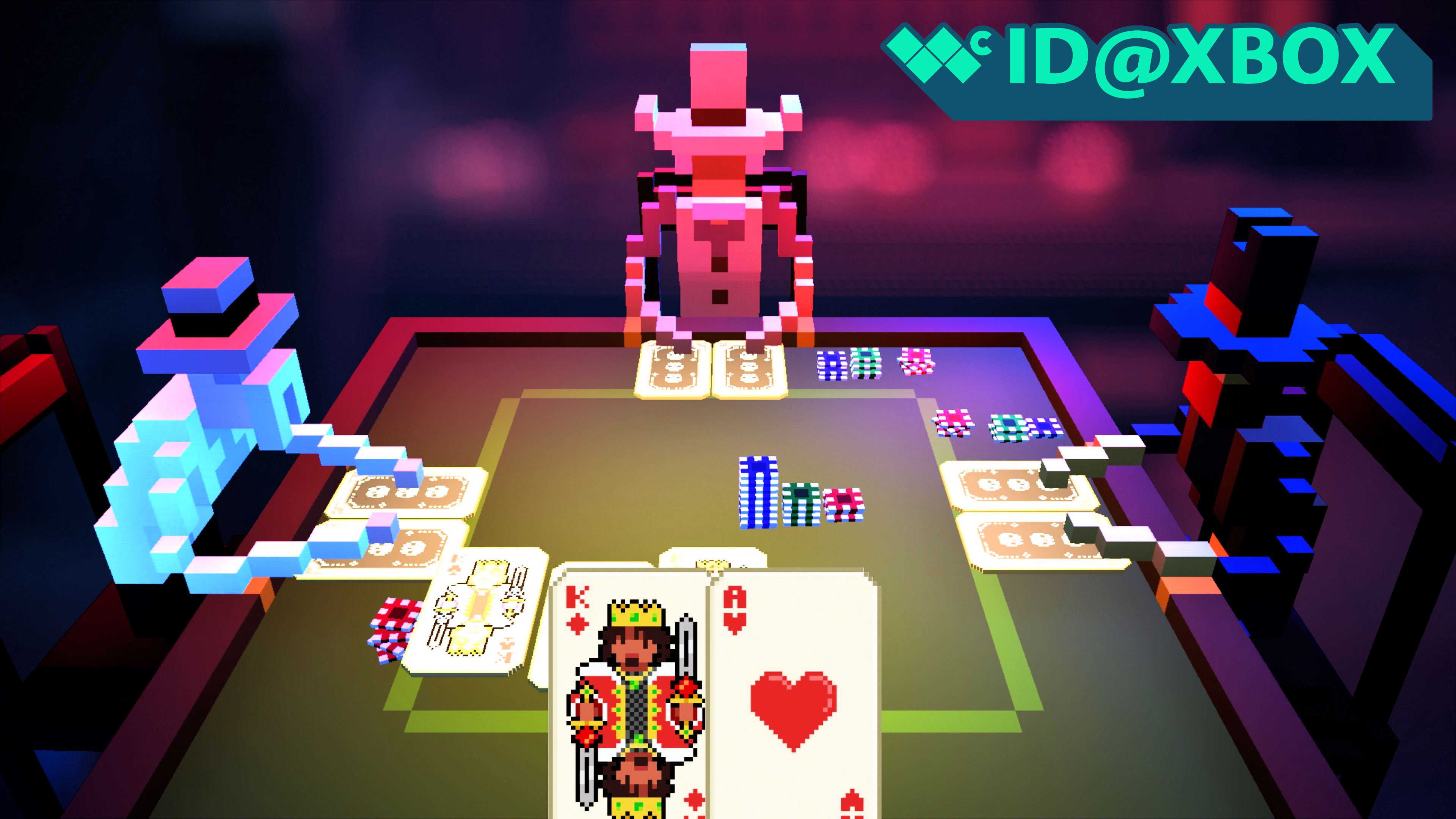Halo: Reach plays just fine on the Surface Pro 7 with Core i5 CPU
The Halo: Reach port for PC runs well even on the fanless Surface Pro 7, making it a fun throwback.
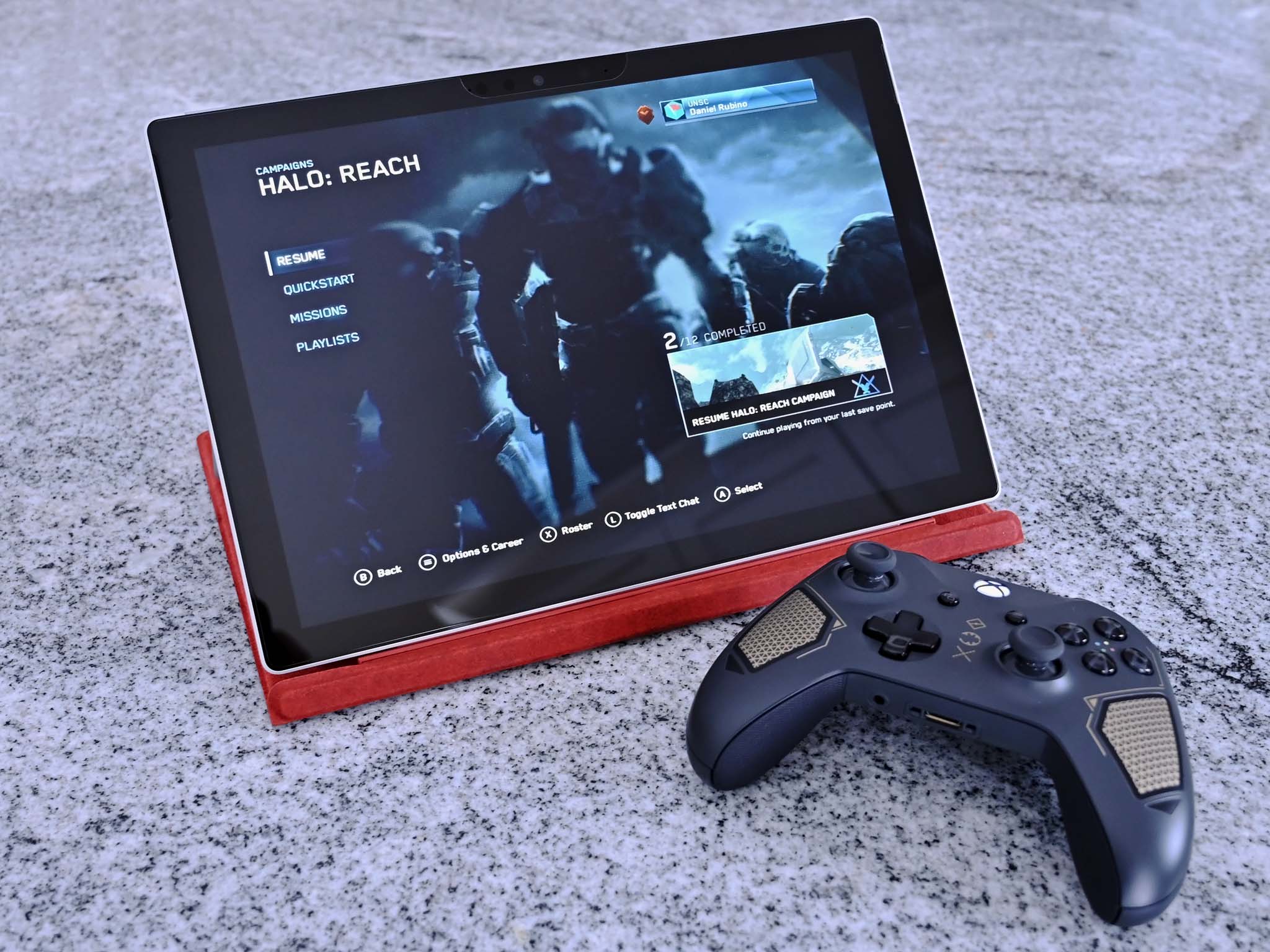
Microsoft released Halo: Reach yesterday, and our full review gives the game high marks for the port to PC.
But the question for many is how well does it play on even mid-range hardware in 2019? It turns out, it's good enough. The Surface Pro 7 with a Core i5 processor is a solid performer and with the recent massive sale an extraordinary value. It also plays Halo: Reach just fine.
Halo: Reach settings and experience
Installing Halo: Reach will take some time, as you need around 20GB of space for the entire game. The game runs fine with 8GB of RAM, but you'll also want to make sure your web browser and any non-essential apps are closed because you will push using all that RAM during gameplay.
Luckily, Halo: Reach has plenty of settings to adjust gameplay based on your desired framerates. Playing at 1024 x 768 looks OK with slightly higher than 30 frames-per-second (FPS) gameplay. You can push resolution even higher to 1280 x 960 and still hover around 30 FPS during battles, but up to 50 FPS when just walking around the environment, making it a good choice, too. The V-Sync setting has no impact on performance, as the hardware here is not pushing framerates that high.
If higher frame rates are preferred, you can, of course, drop the resolution down even further to just HD levels instead of full HD.
In the video posted above by "josher14," you can get an idea of what playing Halo: Reach is like on the Surface Pro 7 with a Core i5 CPU. I've been playing with similar settings for a few hours, and when paired with an Xbox controller (or using a mouse and keyboard), the experience has been amusing.
The 10th Gen Intel Core i5-1035G4 does quite well with Halo: Reach. While the Surface Pro is fanless, it doesn't seem to matter too much. But if you are in a warm room and are playing for an hour or so, you will likely see some minor CPU throttling at some point. Some users have resorted to external fans to keep the Surface Pro 7 cooled, which can help but is not necessary either.
All the latest news, reviews, and guides for Windows and Xbox diehards.
Those with the Surface Pro 7 with a more powerful Core i7-1065G7 have an actively cooled system (fan) with a more powerful GPU that should improve upon the experience here.
Surface Pro 7 and Halo: Reach not bad at all
Perhaps it's not exciting or unexpected that a game that's nine years old plays well on something like the Surface Pro 7. Still, considering the lack of a discrete GPU and that the Core i5 version is fanless, this is a pretty remarkable experience.
I never fell into Halo games, so my experience with Reach has been unique, as it's my first time playing a game in the series from the beginning. Playing the game on a Surface Pro 7 is like playing Wolfenstein II: The New Colossus on a Nintendo Switch. Sure, you're sacrificing some quality in graphics, but the gameplay and story remain, making the whole thing still enjoyable.
The idea of playing retro console games on new PC hardware like the Surface Pro 7 is an exciting alternative to a Nintendo Switch. It's one less device to carry, and you get a larger display. Combined with Xbox Game Pass for PC and Microsoft is doing a great job of bringing that dream to reality.
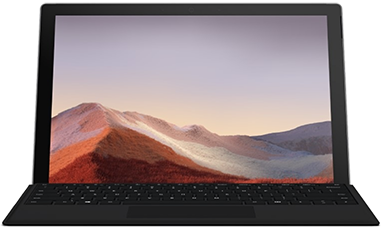
The best 2-in-1 on the market today
The Surface Pro 7 brings 10th-Gen Intel hardware, a stunning 12.3-inch touch display with 2736x1824 resolution and inking support, and Wi-Fi 6 connectivity. To make the deal that much sweeter, included is a Type Cover to turn the tablet into a notebook.
$599 $959 $360 Off

Daniel Rubino is the Editor-in-chief of Windows Central. He is also the head reviewer, podcast co-host, and analyst. He has been covering Microsoft since 2007 when this site was called WMExperts (and later Windows Phone Central). His interests include Windows, laptops, next-gen computing, and wearable tech. He has reviewed laptops for over 10 years and is particularly fond of 2-in-1 convertibles, Arm64 processors, new form factors, and thin-and-light PCs. Before all this tech stuff, he worked on a Ph.D. in linguistics, performed polysomnographs in NYC, and was a motion-picture operator for 17 years.

